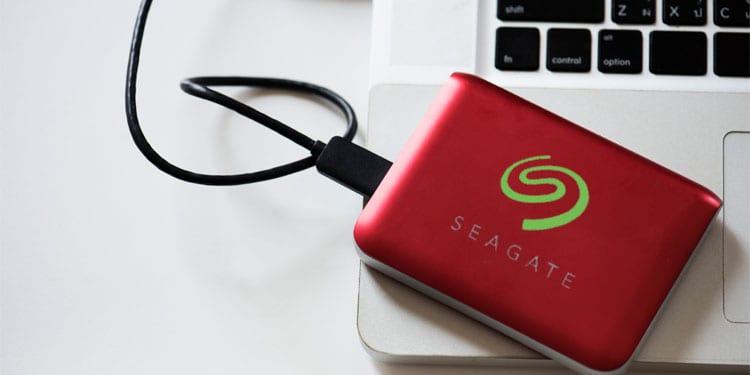

You can then copy the rest of your “iTunes” folder over to the new Retina MacBook Pro, either by copying it via the external hard drive or simply as part of your normal migration be sure to exclude the “iTunes Media” sub-folder when copying to the new MacBook, as you’ve already transferred this to the external hard drive. So with those two points in mind, what you can do is transfer your entire iTunes Media folder from your existing computer to an external hard drive, following the instructions in our tutorial on Transferring your iTunes Library. Not only will any new content that you download or import be placed in this location, but you can actually keep additional copies of content here from your “real” iTunes Media folder on the external hard drive and iTunes will find it and use it from this location whenever the external hard drive is disconnected. on an external hard drive that is disconnected), iTunes reverts to using the default iTunes Media folder location- ~/Music/iTunes/iTunes Media on your internal hard drive. Target computer.The second feature of iTunes that is useful in this scenario is that if the iTunes Media folder is unavailable when you start iTunes (e.g. Target computer's disk, and then shut down the To exit Target Disk Mode, on the host computer, eject the In the Startup Disk preference pane, click.In System Preferences, from the View menu, select.From the Apple menu, select System Preferences.Its icon should appear on the host computer. Start up the target computer and hold down the letter.Thunderbolt 3 or USB Type-C is the fastest port on Mac. Anything lower than USB 3.0 is already outdated nowadays, so it should be your minimal starting point. Or Thunderbolt port), you will also need one or more adapters. Buy an HDD that sports USB 3.0 (or better) Your external Mac hard drive will have many connection options. In the subsequent window, open the Format dropdown and choose Mac OS.

(e.g., one has a FireWire 400 port while the other has a FireWire 800 In Disk Utilitys left-hand menu, select your root drive. Note: If the computers have different kinds of ports Port of the target computer, and then connect the other end of the Connect the FireWire or Thunderbolt cable to the corresponding.The other computer (i.e., the host computer). Shut down the computer you want to use as an external hard disk To be bootable, the external drive must be partitioned properly and contain an installation of the proper Mac operating system (OS).If you only use the drive for Apple environment, use Mac OS. Macs however, computers that do not have FireWire or Thunderbolt Before using the drive for your Macbook, make sure format it correctly based on your daily task. Note: Target Disk Mode is available on most recent To make a Mac act as an external hard disk, you can put it in Targetĭisk Mode and connect it to another Mac with a FireWire or Information here may no longer be accurate, and links may no longer be available or reliable. This content has been archived, and is no longer maintained by Indiana University.


 0 kommentar(er)
0 kommentar(er)
